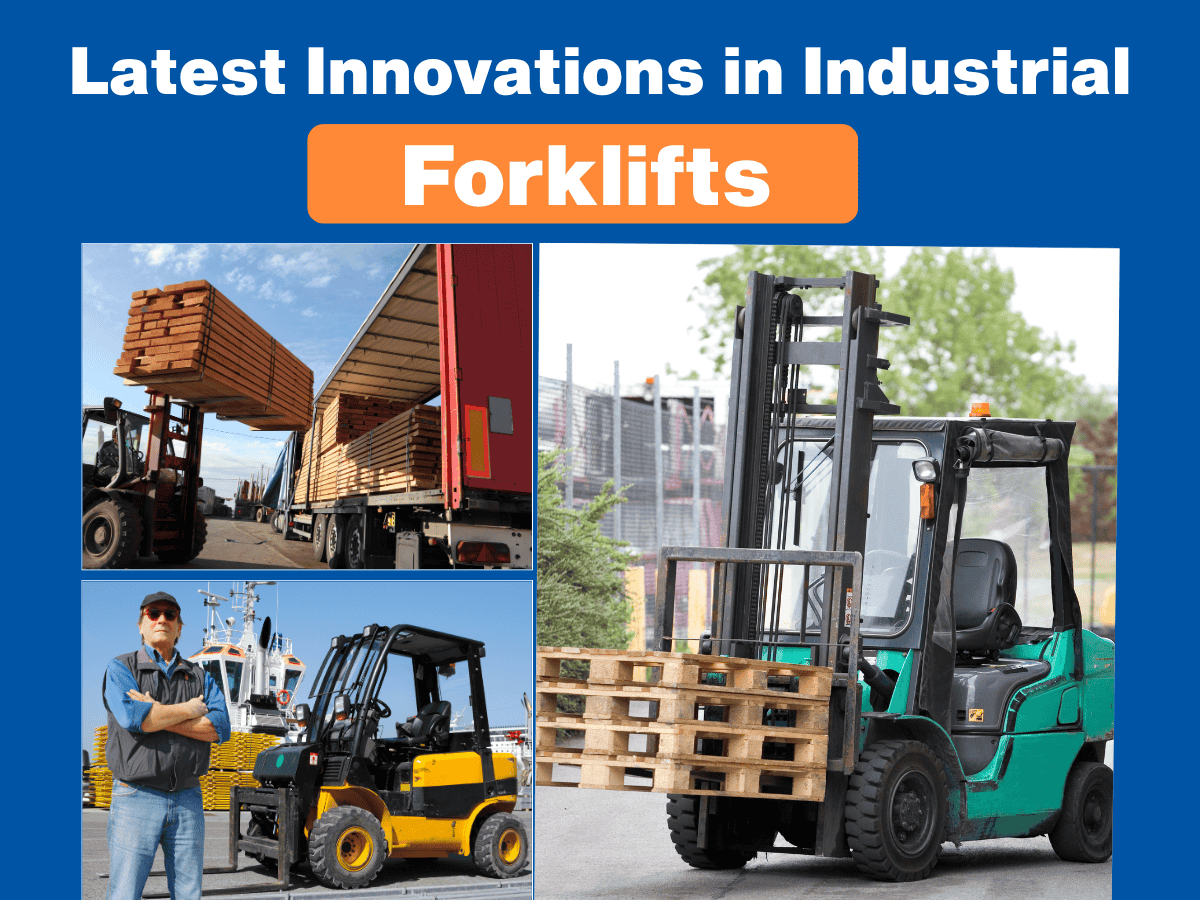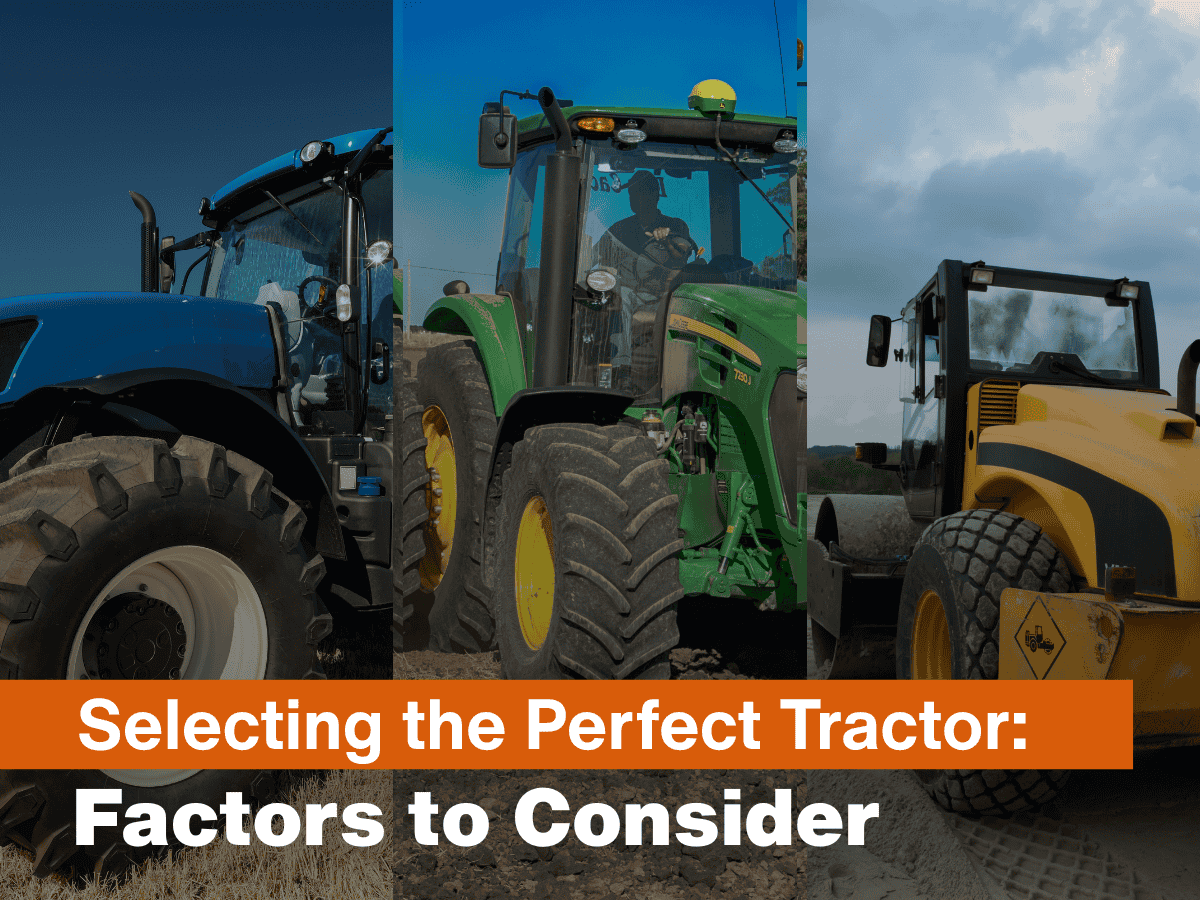ceat-speciality:blogs-tags/all,ceat-speciality:blogs-tags/equipment
Understanding Load Transfer and Its Effect on Rear Tractor Tyres
Fri, 17 Oct 2025 | PRODUCTS
Managing tractor weight and load transfer is more than just a technical detail. It’s the difference between long-lasting rear tractor tyres and costly downtime. When implements are attached, much of their weight shifts onto the rear axle. If this transfer isn’t managed correctly, it can lead to excessive tyre wear, soil compaction, and reduced efficiency.
In this blog, we’ll break down how load transfer affects your tractor, why tyre pressure and speed matter, and how modern solutions like Central Tyre Inflation Systems (CTIS) and CEAT Specialty tractor tyres can help farmers save money while protecting soil health.
Core Issue: Why Rear Tractor Tyres Take the Hit
The rear tyres bear the brunt of the load, whether on the road or in the field. When implements like seeders, ploughs, or trailers are added, the tractor’s weight distribution changes dramatically. Without proper management, this causes:
- Faster wear on rear tractor tyres.
- Higher soil compaction.
- Less traction and more fuel use.
- Reduced overall productivity.
The good news? Farmers can control these outcomes with the right calculations, pressure management, and equipment.
Tractor Mass & Load Distribution
How Load Shifts with Implements
- On the road (transport mode): The implement is raised, shifting maximum weight to the rear axle.
- In the field (working mode): The load distribution changes as the implement engages with the soil.
Why It Matters
- Overly heavy implements or wrong distribution = faster wear on rear tractor tyres.
- Always check axle loads and adjust tyre pressure whenever implements are changed.
Example Calculation
- Tractor weight: 12,260 kg
- Seeder weight: 7,440 kg
- Combined: 19,700 kg
- Seeder transfers: 6,300 kg to the rear axle
Result: Correct tyre pressures (0.8 bar rear, 1 bar front) prevent soil damage and extend tyre life.
Pro Tip: Use front ballast (metal weights or front-mounted implements) to relieve the rear axle. Aim for a 40% front / 60% rear weight balance.
Pressure & Speed Relationship
Correct pressure is essential, but speed also plays a major role. Every tyre has a load and speed rating. Exceeding them causes overheating, tread wear, and sidewall damage.
Key Insights
- Lowering speed allows more load at lower pressures.
- Increasing pressure is not always the solution—adjust speed first.
Example: 710/70 R42 Tyre (179D rating)
- 2.4 bar, 65 km/h: 7,750 kg load capacity.
- 2.4 bar, 10 km/h: 9,840 kg load capacity (+25%).
- 0.8 bar, 65 km/h: Unsafe, only 4,210 kg capacity.
- 0.8 bar, 10 km/h: 5,345 kg capacity (+25%).
Exceeding speed limits without heavy loads won’t destroy tyres structurally, but road safety laws still apply.
Central Tyre Inflation System (CTIS)
CTIS is a game-changer for farmers. With in-cab controls, you can adjust tyre pressure instantly for different terrains and workloads.
Typical CTIS Settings
- Field mode: ~0.8 bar at ~10 km/h with the implement lowered.
- Road mode: ~1.6 bar at ~50 km/h with the implement raised.
Benefits of CTIS
- Reduced soil compaction.
- Lower fuel consumption.
- Longer tyre life.
- Better traction.
- Time savings (no manual inflation/deflation).
Return on Investment: Farmers typically see CTIS pay for itself within 3 years through fuel savings, improved yields, and longer-lasting rear tractor tyres.
Key Takeaways & Real Examples
- Load transfer must be calculated, not guessed
A farmer calculates the rear axle load before attaching a 7-tonne seeder to avoid overload.
John Deere provides ballast calculators to guide load management.
- Pressure depends on load and speed
A contractor reduces speed to avoid overheating tyres under low pressure.
CEAT Specialty tyres demonstrate +25% load handling at reduced speed.
- Front ballast protects rear tyres
Adding 1.5 tonnes of front weights redistributes the load, easing tyre wear.
CEAT Specialty manuals recommend the 40/60 split for optimal traction.
- CTIS maximises efficiency
A farmer switches pressure from 0.8 bar (field) to 1.6 bar (road) within seconds.
CEAT Specialty ensures fuel savings from reduced compaction.
Practical Advice
Always calculate rear axle load before attaching implements. Use front ballast when needed to keep a 40/60 weight balance. Adjust tyre pressure not only for load but also for speed. If possible, lower road speed to allow safe use of lower pressures. Consider investing in CTIS—it quickly pays off by protecting tyres, saving fuel, and improving soil health. These practices extend tyre life, safeguard the land, and boost productivity.



















